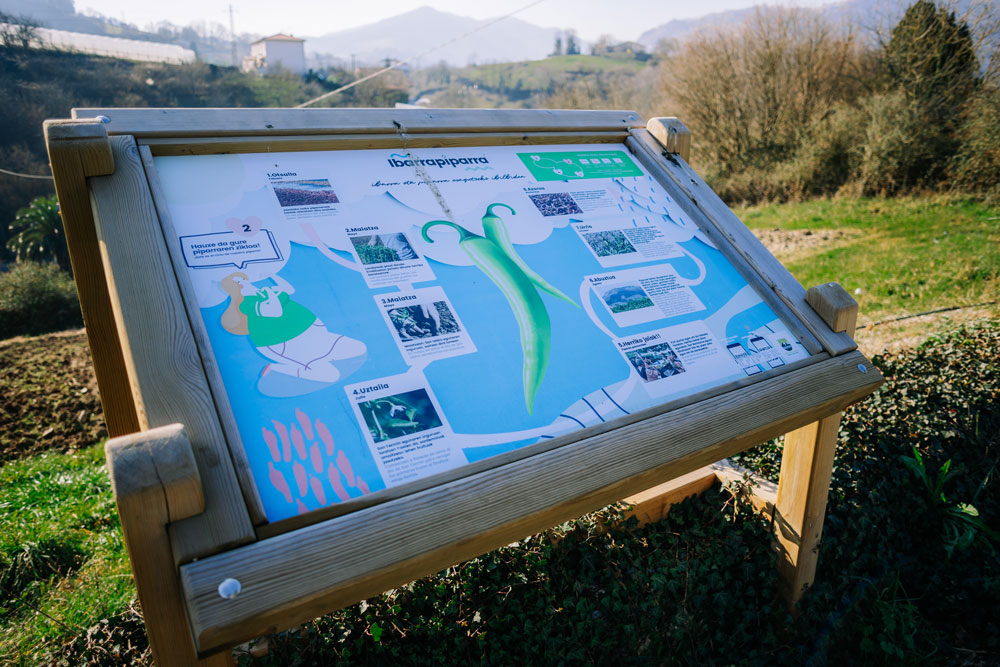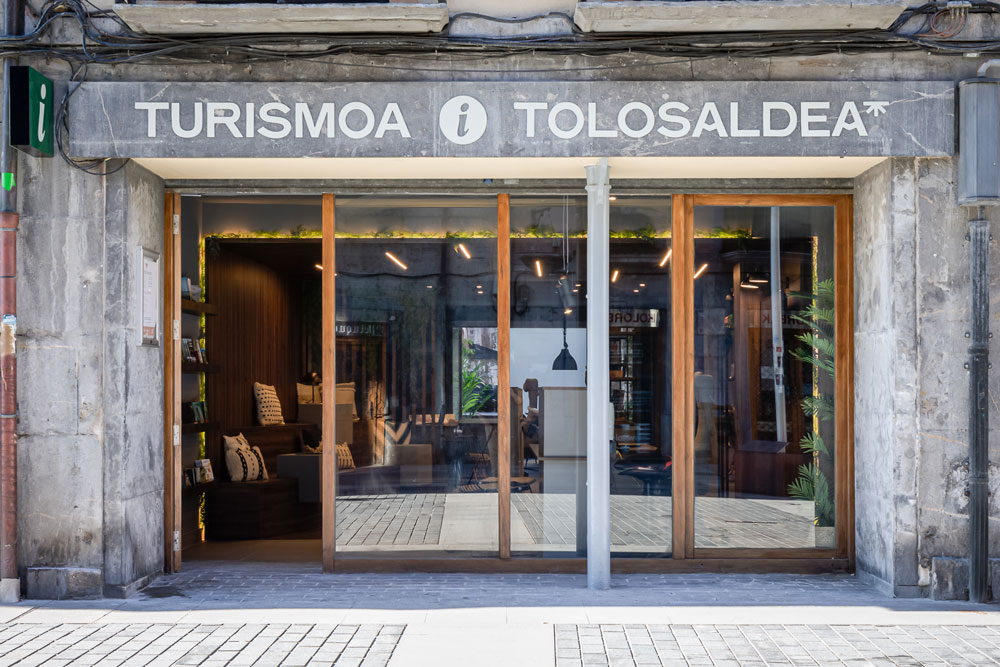Guindillas de Ibarra
Unproductomuylocal
DeIbarra,¿dedóndesino?
La guindilla de Ibarra –piparra en euskera– es una variedad autóctona de pimiento que se cultiva en gran medida en la propia Ibarra. Es pequeña, alargada y puntiaguda, y se caracteriza por el carácter de su sabor. Se puede degustar de muchas formas.









